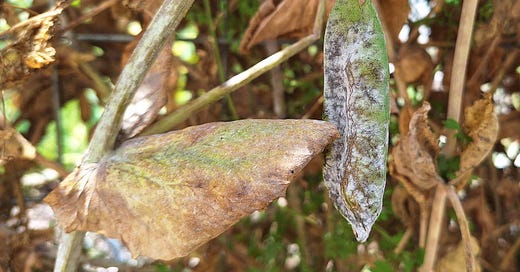Common Diseases of the Vegetable Patch
Part Twenty-eight of the Vegetable Patch from Scratch Series
When I sat down to write this post, I had grand notions of covering a wide range of diseases you might find in your vegetable. The problem was, most of them I’ve never actually encountered myself. So instead, I’m going to focus on a few key principles of disease prevention and management. I’ll also be sharing with you my discoveries of the most disease resistant varieties of vegetables. Growing these helps to prevent diseases from occurring in the first place.
The simplest way to prevent disease in the vegetable patch
Much of your gardening success comes down to the genetics of the plants you are growing. This is very important when considering disease susceptibility. For any given plant disease, some vegetable varieties will be very susceptible and others more resilient. If you are having recurring problems with diseases in your vegetable patch then please consider trialling a few new varieties to see if that helps to overcome this issue. I’ve listed a few you can try at the end of this post.
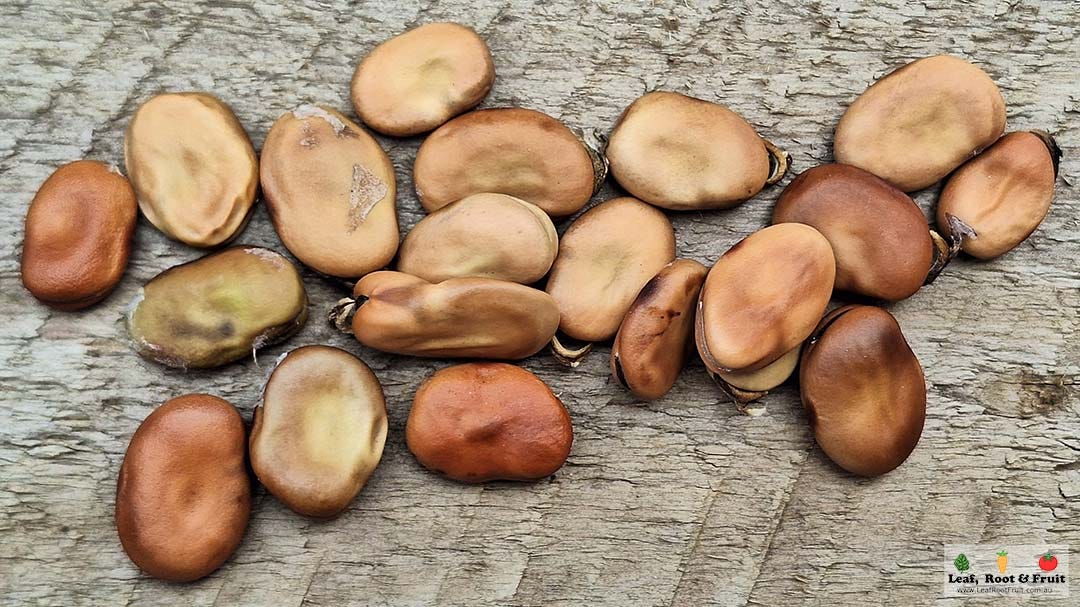
Fungal diseases
Many vegetable diseases are caused by fungi. This includes powdery mildew and various blight diseases.
Fungi tend to thrive in moist and mild conditions. Increased humidity and cool temperatures (as experienced in autumn, winter and early spring) can lead to optimal conditions for fungi to thrive. Understanding this can help to reduce the impact of fungal diseases in your garden.
Fungal diseases all present differently but the common characteristic is brown or white patches on leaves, fruit or stems of plants.
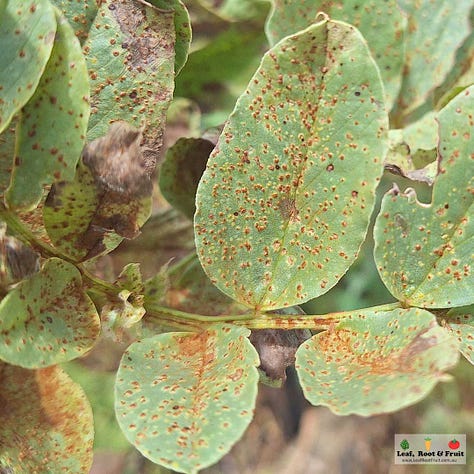
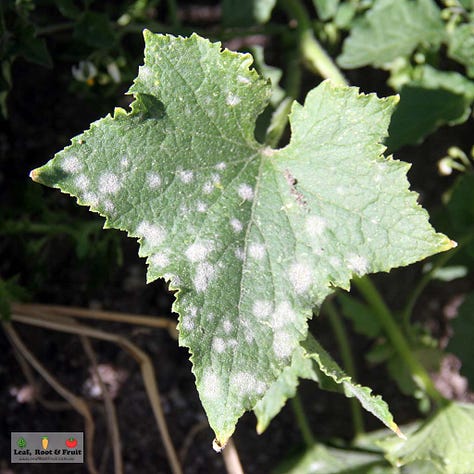
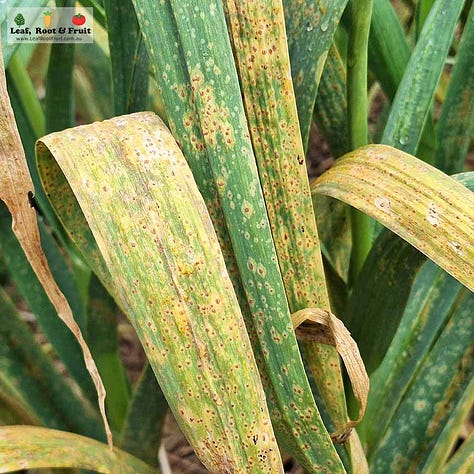
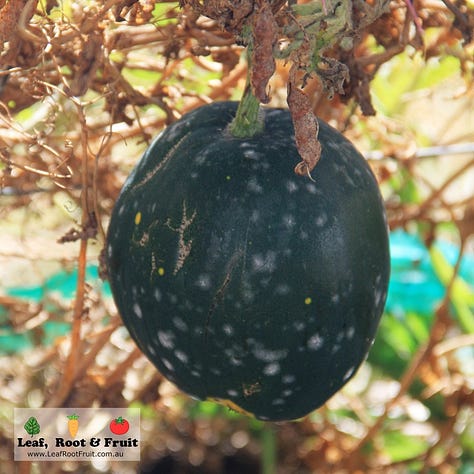
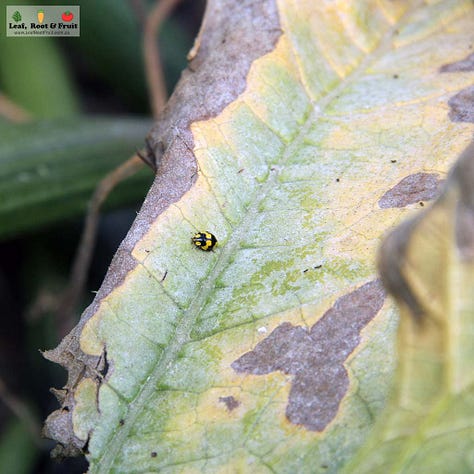
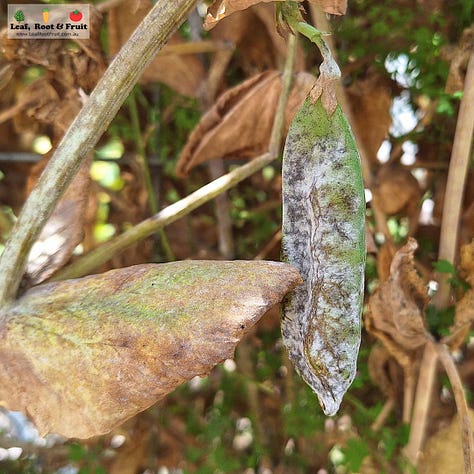
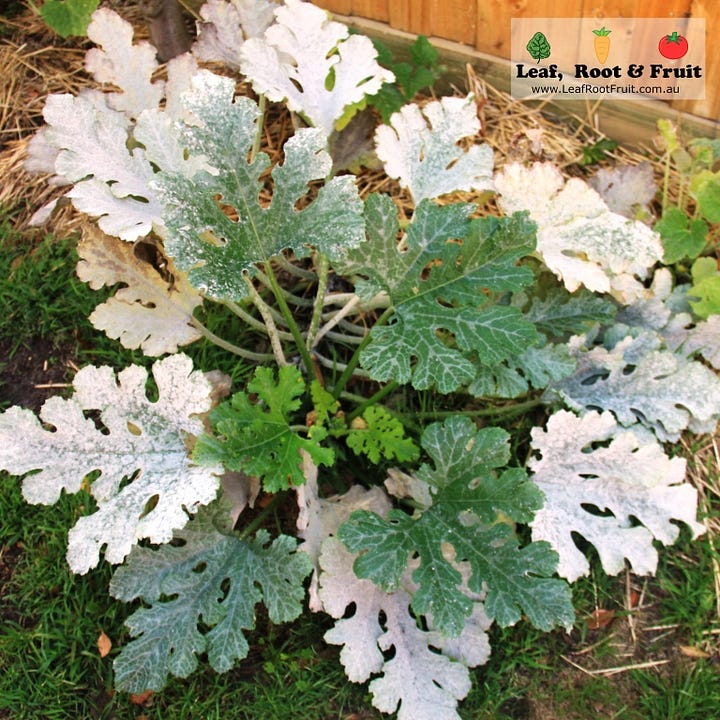
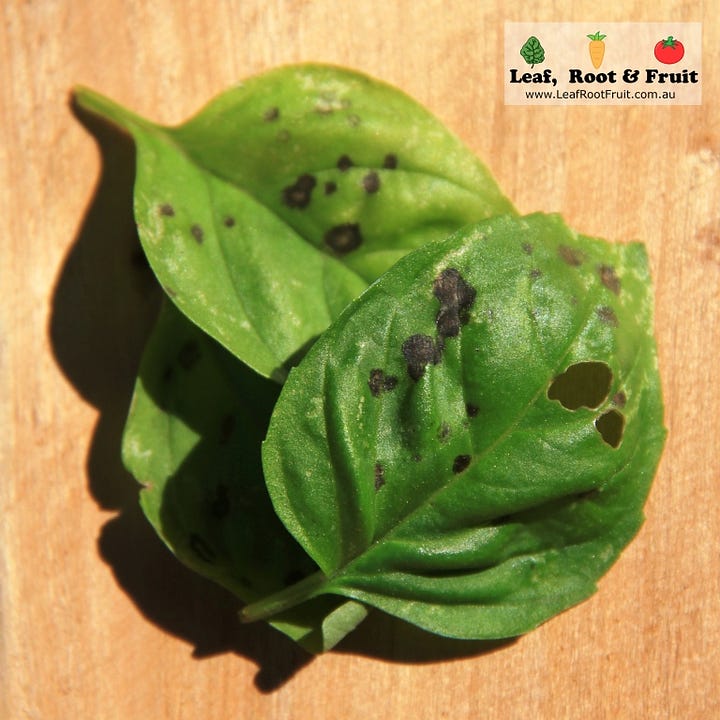
Black spots appearing on basil are an indication that it is time to harvest most of the leaves off the plant before the disease spreads. These leaves can then be made into basil pesto.
Powdery mildew
This is the vegetable disease that I am asked about the most. Many vegetable plants are prone to powdery mildew. It is quite common for cucumbers, pumpkins and other cucurbits to show white leaves in autumn. These can soon be followed by the fungus-eating ladybird (Illeis glabula), easily identified by its yellow spots, which eats the fungi.
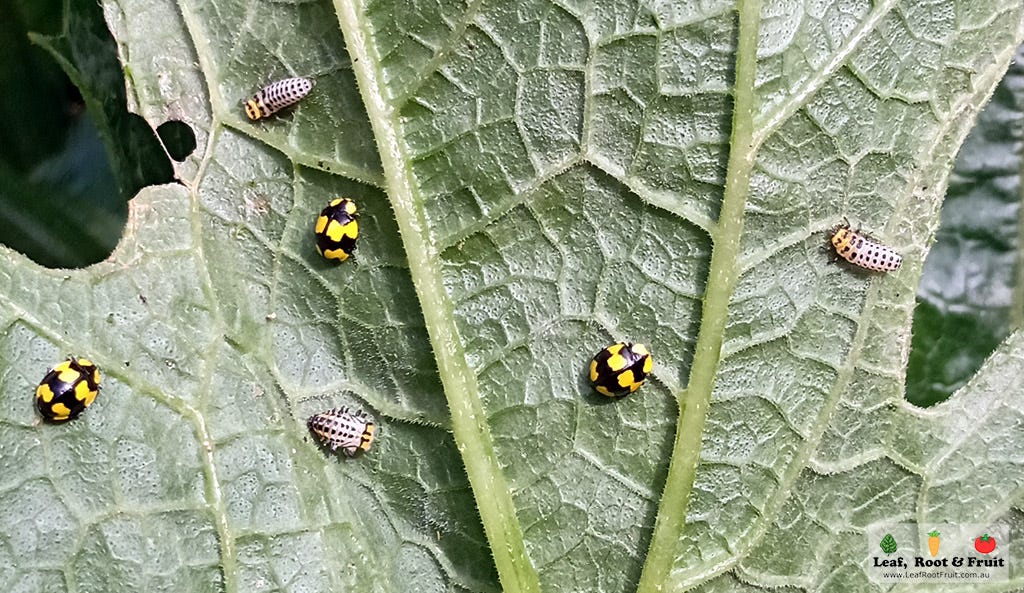
It’s not surprising that the fungi begin to dominate in autumn. Cooler night-time temperatures combined with increased humidity causes powdery mildew to proliferate. Often gardeners look to short-term remedies. I see the disease as an inevitable consequence of the transition from one season to the next. To me it is simply a sign to remove the spent plants and begin planting winter vegetables.
Preventing fungal diseases
Gardeners in humid regions need to pay particular attention to the design of their gardens. Doing so allows them to focus on increasing airflow. Airflow helps to dry out plant foliage and reduce the humidity that fungal diseases thrive in, to reduce the impact of fungal diseases.
In central Victoria, the drier summer weather and presumably increased airflow keep humidity down in autumn. In this region, powdery mildew tends to occur six to eight weeks later than in Melbourne. Our main fungal issues occur in winter, when humidity remains very high for months on end.
Preventing fungal disease, like any disease, is better than cure:
Avoid water splashing onto leaves when watering
Maintain good airflow around plants
Grow varieties that are resistant to fungal disease.
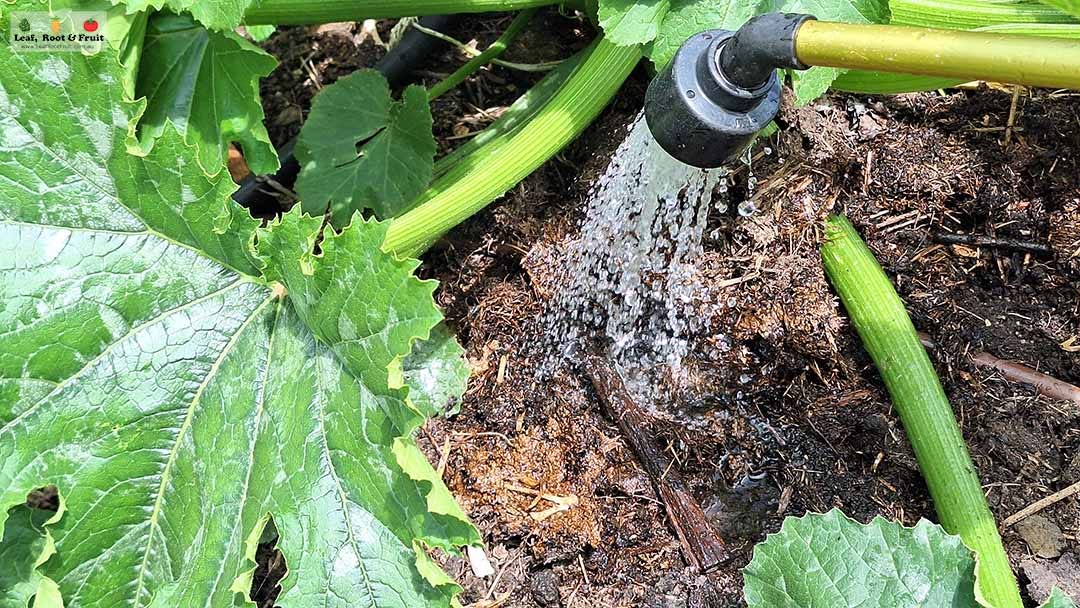
If you notice fungal disease on your plants, then removing affected foliage may help. In my experience the disease will spread to susceptible plants anyway. Resistant plants growing nearby will be fine. I don’t bother tidying up diseased plants.
The spores from different types of fungi can last a long time in the soil or on any affected plant matter than is left over from previous crops. Crop rotation can be a good way to deal with this issue. I tend to put most diseased plant matter through a hot compost to help kill off any fungal spores present.
Bacterial infections of vegetables
Bacterial wilt. Bacterial canker. Bacterial blight. Bacterial rot. Bacterial spot. Common scab.
Argghhh! There are so many different bacterial diseases that can infect your plants. The vegetables most commonly affected by bacterial diseases are the solanums, such as tomatoes, potatoes and capsicum. I don’t notice these diseases anywhere near as often as fungal diseases, though.
Again, prevention is better than cure. Good hygiene practices and building quality soil can help with this. Ensuring your plants have adequate soil drainage is essential. Many of these diseases are likely to take hold when soil becomes waterlogged. Warmer weather can exacerbate the symptoms of many of these bacterial diseases.
Plant viruses
Other vegetable diseases are spread by viruses. Mosaic and wilt viruses are the most common ones you’ll come across. Affected plants (again, usually solanums) can have:
mottled, variegated or distorted leaves
concentric rings, blotches or brown spots on fruit
foliage dieback as the disease progresses, and even plant death.

Damage to fruit or foliage in concentric rings is likely to be caused by a virus. Source
Most plant viruses are spread by sap sucking insects such as aphids, whitefly and thrips. Alternatively, they can be transferred via sap on garden tools such as secateurs. This gives us a clue as to how to prevent them.
Practise good gardening hygiene and ensure your tools are kept clean. Consider sterilising your cutting tools regularly with a spray of 70% methylated spirits. Most importantly, ensure your plants have good airflow. Most of the sap sucking pests thrive around foliage that is experiencing high humidity.
Increased airflow = less humidity = fewer sap suckers = less disease spread.
There are two consistent messages in today’s post about preventing vegetable diseases. In case you missed them:
Ensure good airflow
Grow resistant varieties.
I never spray or treat my vegetable crops for disease. Following the above two principles has allowed me to grow relatively healthy and productive crops of vegetables for years.
Which varieties of vegetables have the best disease resistance?
I’ve noticed that some varieties of vegetables have better disease resistance than others. Here are some of my foolproof varieties for you to consider growing. However, as discussed in a previous post, what works well for me here in Central Victoria hasn’t necessarily worked well for me in Melbourne (the Jaune Flamme tomato is a perfect example of this).


